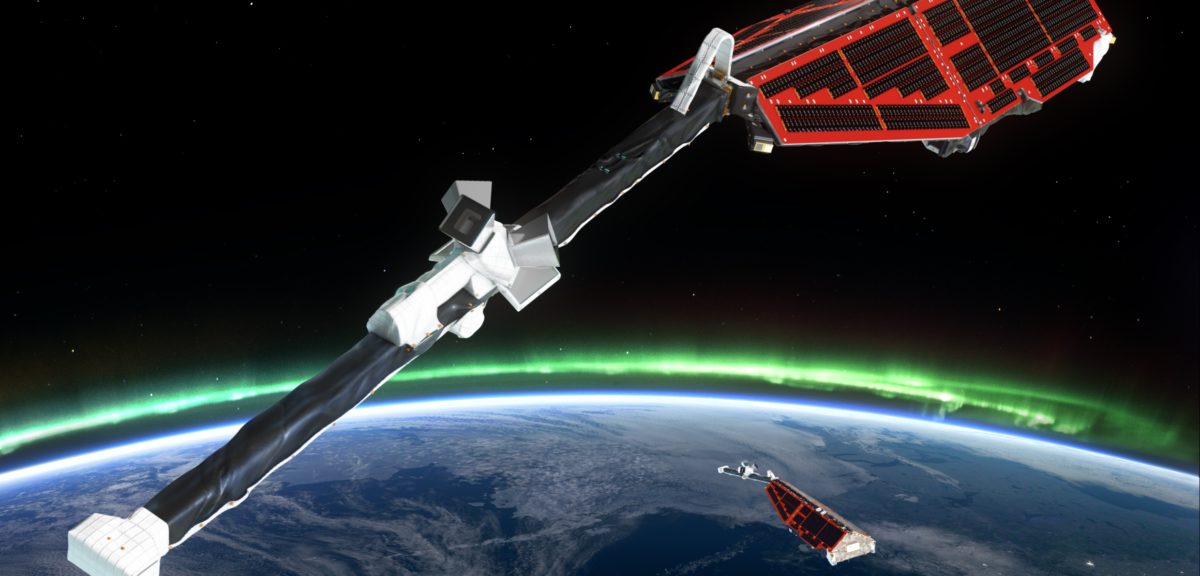Earth’s magnetic fields protect us from deadly radiation from high-energy solar particles and cosmic rays.
Most of this protective shield is produced by a vast amount of hot molten iron swirling around in our planet’s outer core.
But there’s another little-known contributor to our geomagnetic field.
It’s the salty and electrically conductive ocean.
When salty ocean water flows through Earth’s magnetic field, an electric current is generated, and this, in turn, induces a magnetic signal. However, the field generated by tides is tiny – and extremely difficult to measure, but ESA’s Swarm mission has done just this in remarkable detail. (© Planetary Visions (credit: ESA/Planetary Visions))
As seawater constantly moves (from tides, currents, and other factors) through the core-generated magnetic field, a secondary, but weaker, geomagnetic field is produced.
The European Space Agency’s SWARM mission, which has been mapping Earth’s magnetic field, has been recently tracking and providing new detailed data on the harder to detect secondary magnetic field produced by the ocean.
The ESA says this effort will also give scientists a better idea of how much water is actually moving around the planet and could eventually help them produce more reliable climate analysis and modeling.
























Comments are closed.